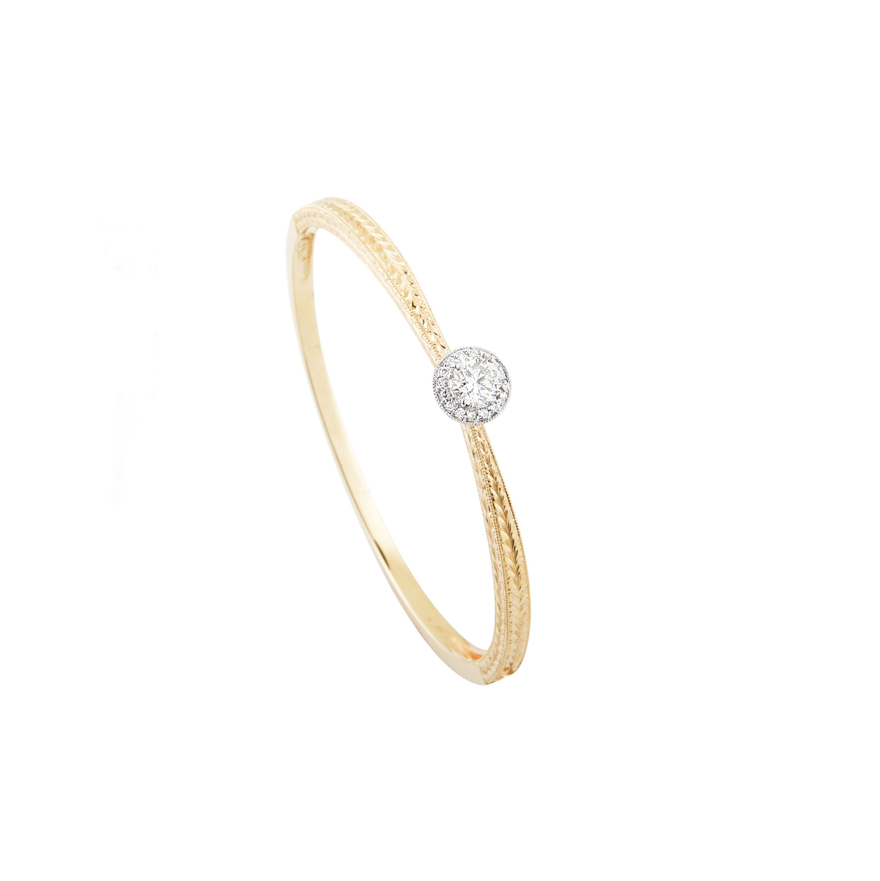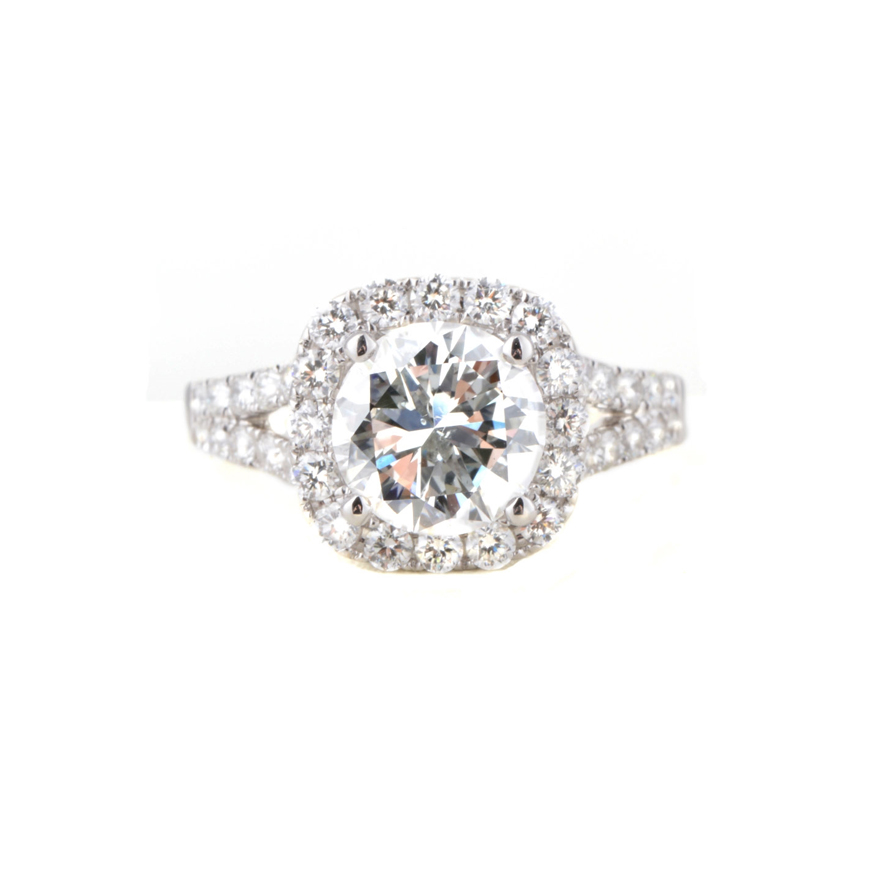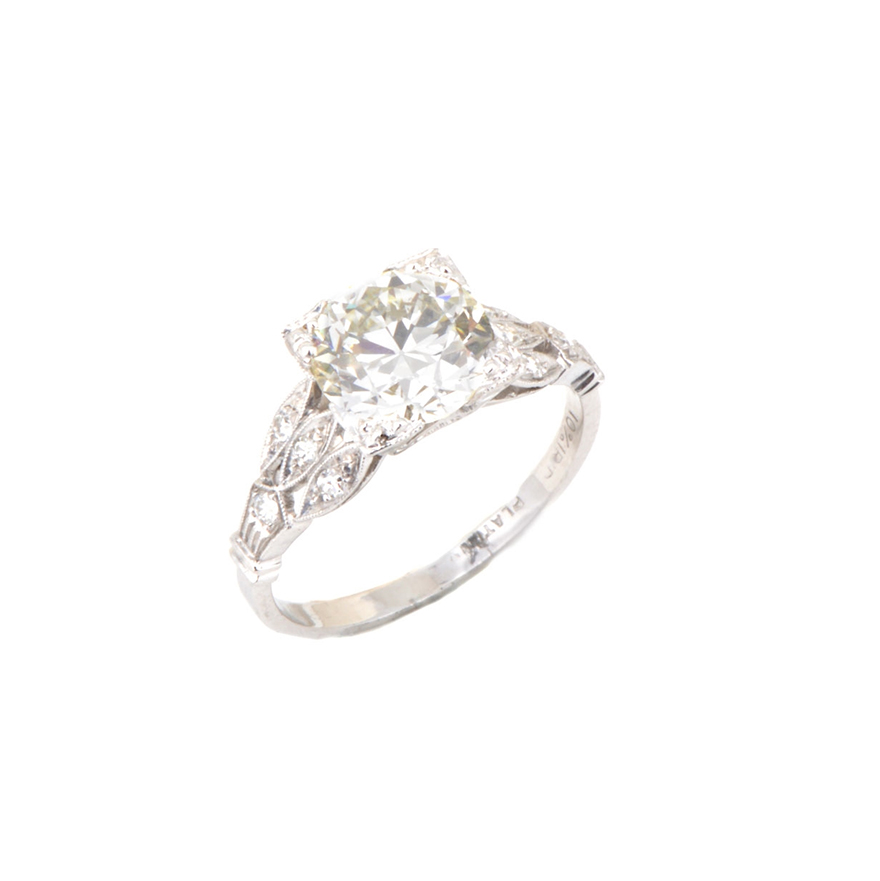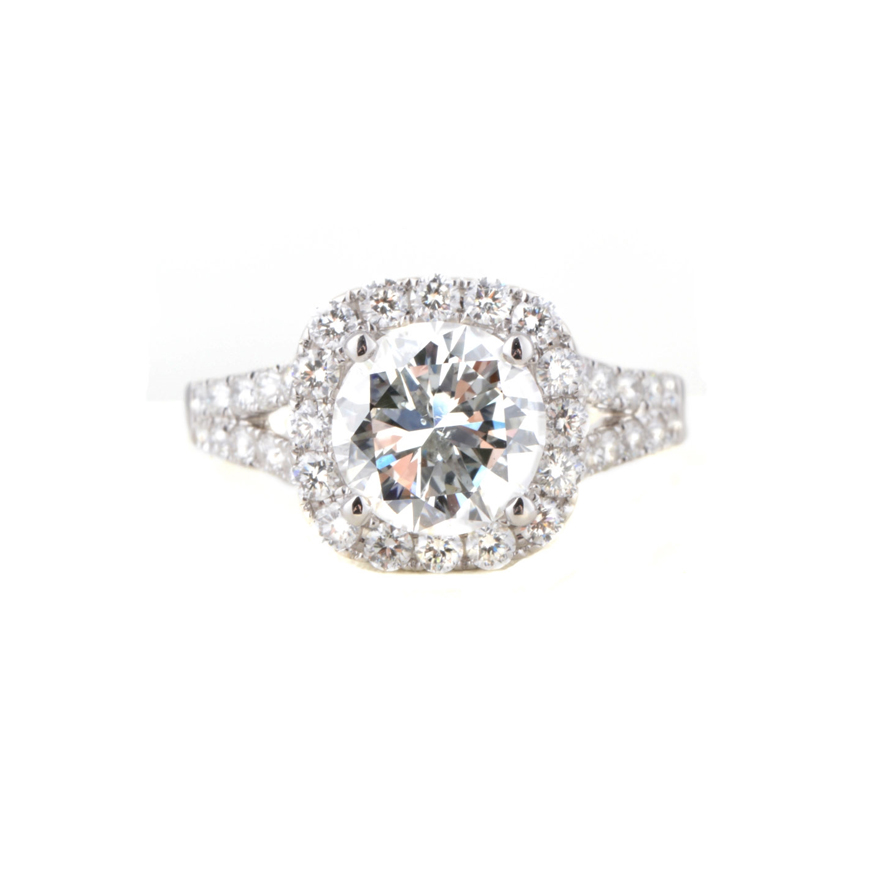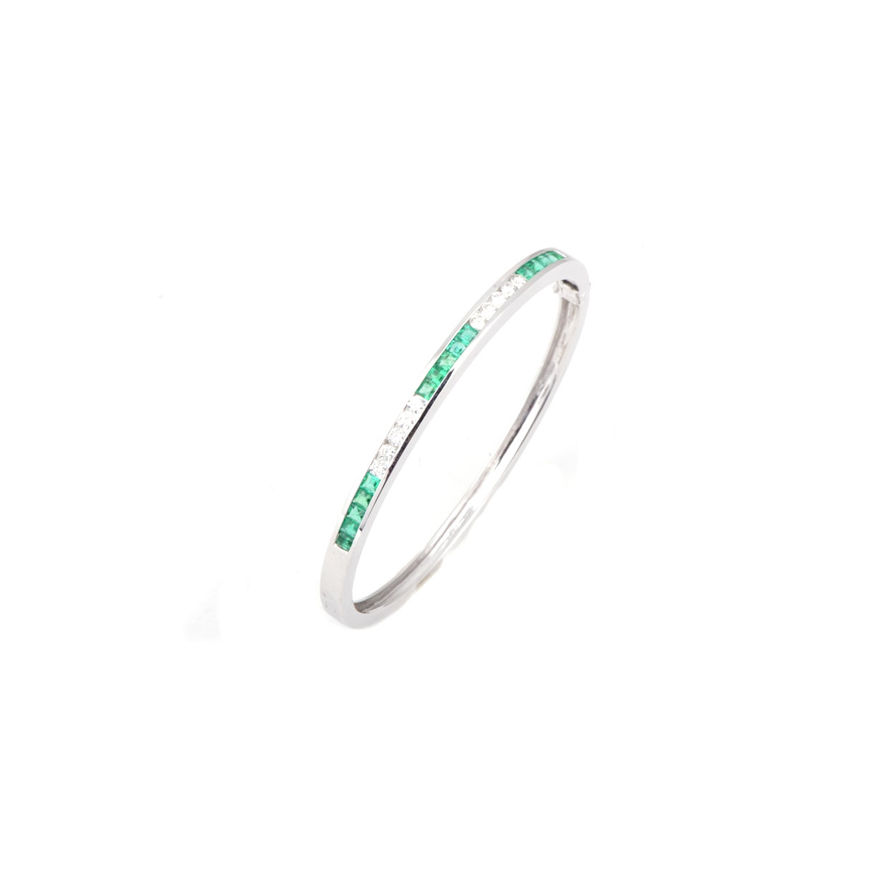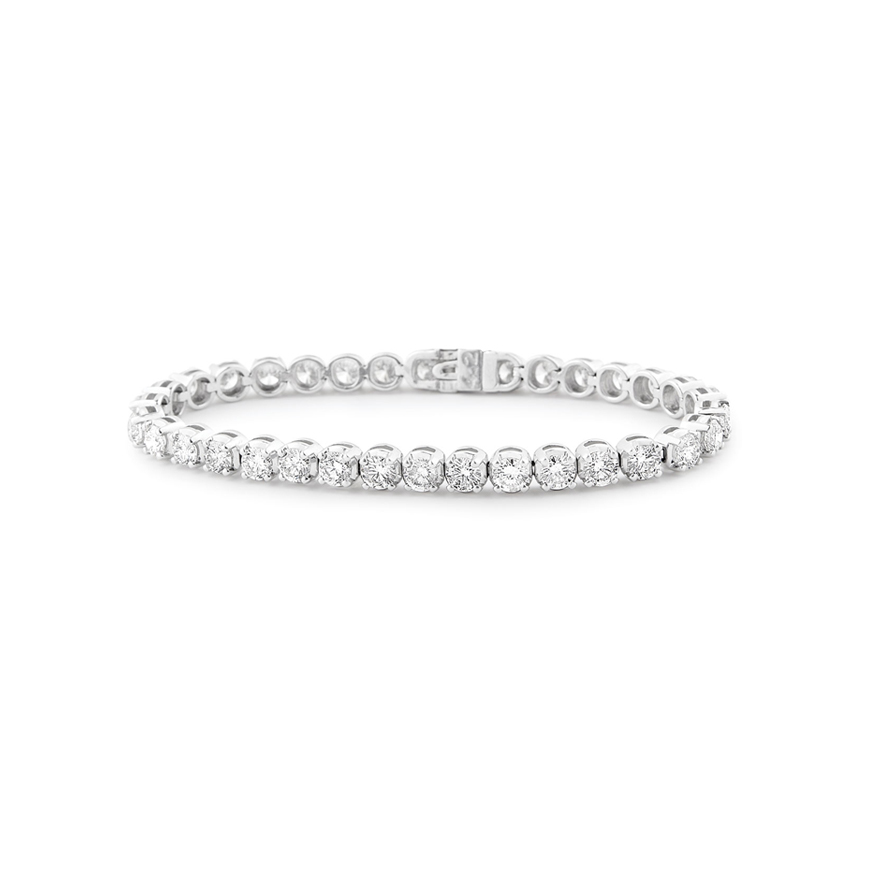EDUCATION

The Four C's
Diamond value is based on the four C’s: cut, clarity, color, and carat weight.
Cut refers to a diamonds proportions and finish, as well as shape and faceting style.
A well cut diamond captures the light around it and makes the light perform in awe-inspiring ways.
Diamonds can come in many shapes. Some of the more popular shapes include round, emerald cut, princess cut, cushion cut, pear shape and marquise.
Clarity is the relative absence of inclusions or blemishes. Inclusions are flaws that are totally enclosed in a diamond and blemishes are confined to the surface of a stone.
Clarity of a diamond is graded on a scale from flawless, which show no inclusions or blemishes when examined under magnification, to included, which can show visible flaws to the unaided eye.
Color refers to the amount of body color in a diamond. When graded within the normal color range, diamonds can range from colorless to light yellow or brown. Truly colorless diamonds are extremely rare and valuable.
Diamonds can come in a variety of colors, referred to as fancy-colored diamonds. Unlike colorless diamonds, more color can mean a higher value with fancy colors.
Carat weight refers to the weight of the diamond.
The Big Three
Blue Sapphire is one of the most popular colored stones. More consumers buy sapphire jewelry than any other colored stone.
One of the greatest qualities of a sapphire is its extreme durability; this makes it an ideal choice for everyday wear. Top quality sapphires are velvet blue to violet-blue in medium dark tones.
Most sapphires are heat treated to improve their appearance. The stone is known to symbolize nobility, truth , sincerity and faithfulness. It is the birthstone for September.
Long known as a symbol of romance and passion, rubies always make the perfect gift for that special someone. Rubies can range in color from an orange-red to purple-red, with the top quality being slightly purple.
Almost all rubies are heat treated to improve their color; and to further enhance their color, most rubies are cut as ovals or cushion cut stones. Ruby is the birthstone for July.
An envy of all other colored stones, Emerald is the world’s premier gemstone and can command high prices for their beauty. With color being the most important attribute of an Emerald, the most desirable colors are blue-green to green in medium to medium-dark tones.
Unlike other colored stones, most emeralds contain visible inclusions that are often treated with filling; this technique is called fracture filling. Emerald is the birthstone for May. It is also said to be the gemstone for twentieth and thirty-fifth wedding anniversaries.
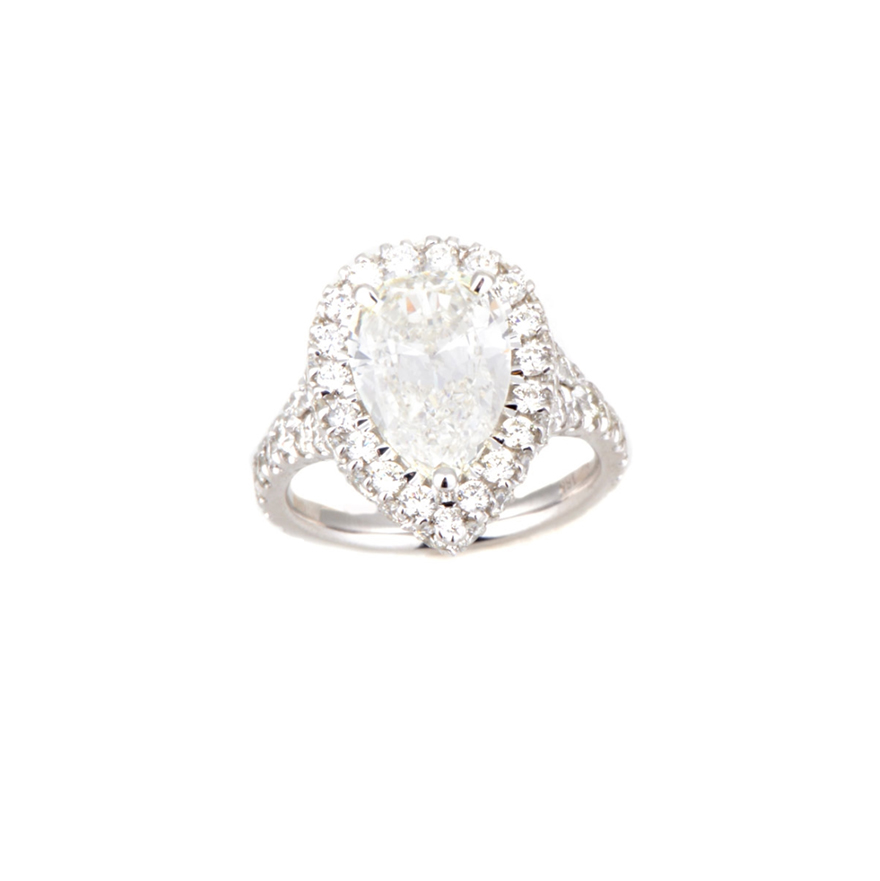
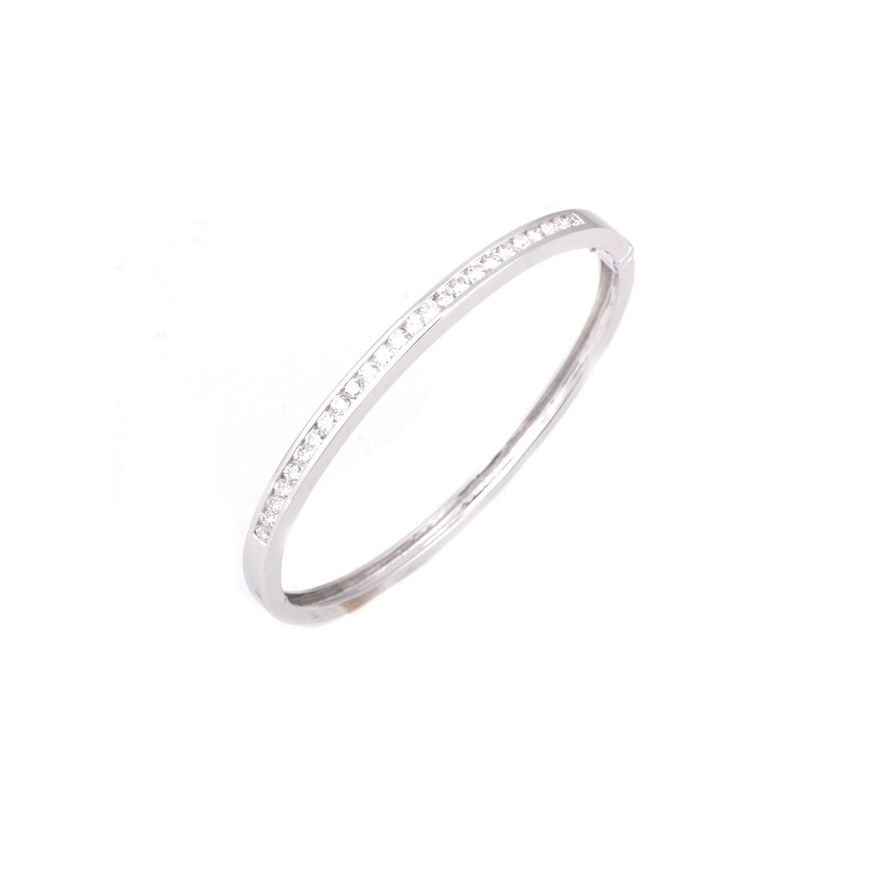
Metals
Gold is the most common metal used in both men’s and women’s jewelry. Common colors are white, yellow and rose.
It comes in a variety of different weights with 24k being the purest form. The higher the karat, the higher the percentage of pure gold.
Platinum is a white metal . It is heavier than gold, scratch resistant and hypoallergenic.
Because it is a harder metal and more dependable to wear-and-tear it commands a higher price than gold.
Silver is a soft metal and is less expensive than gold or platinum. Its affordability makes it a nice option for fashion jewelry but is more susceptible to wear-and tear.
Silver also tends to oxidize easily, meaning it can blacken in color, but with the right cleaning and polishing can be repaired to its original state.
Titanium is the hardest of all the metals. It is mostly used in men’s wedding rings. It is scratch, dent and bend resistant as well as being hypoallergenic.
One downside of titanium rings is that they cannot be re-sized.
Another durable metal used in men’s wedding rings. It can stand up to wear-and-tear with a permanent polish so it can retain its shiny luster.
Just like with titanium, tungsten also cannot be re-sized.
Our Process

Step 1:
Personal Consultation
The designing process begins with you, the consumer. Robert and staff will review your design and address any issues involving the integrity and structural strength of the design.
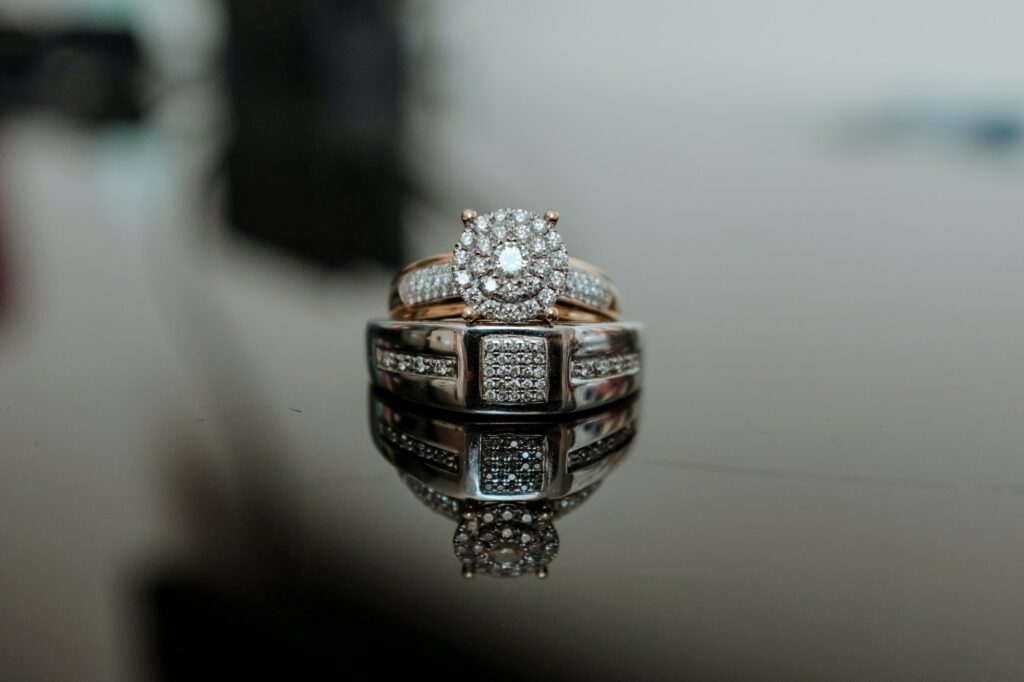
Step 2:
Digital Rendering
Once the design is finalized, our first step is to create a rendered 3-dimensional image using advanced AutoCad software. Once you’ve approved your design in this state, we proceed to the 2nd step, – an actual model of the image. The benefit of seeing the model is putting into perspective its actual proportions.
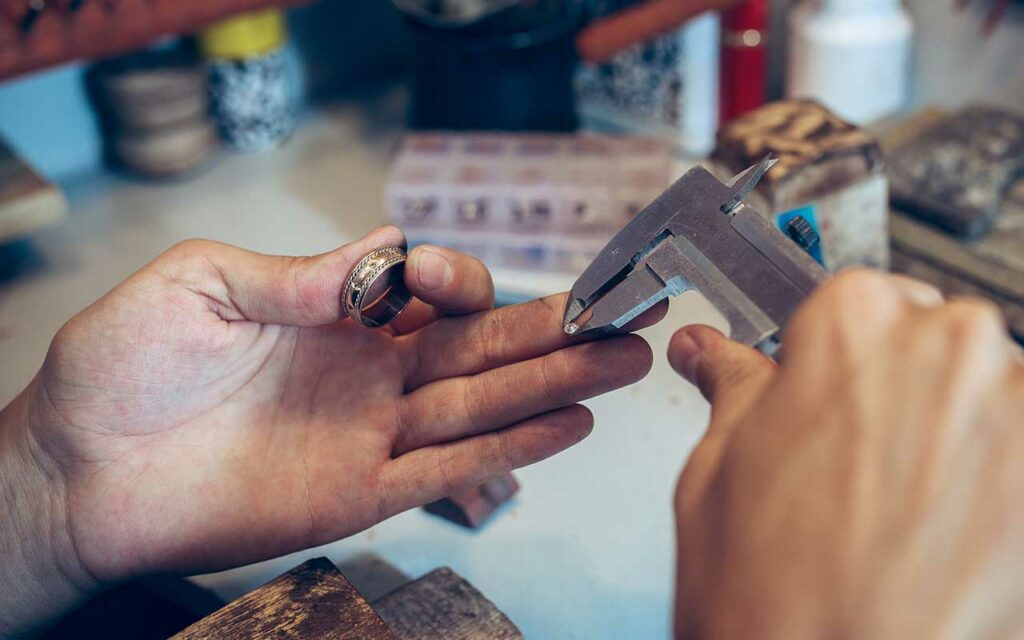
Step 3:
Custom Design
Once you’ve approved the proportions of the model, our final step is transforming the model into the actual product. We’ve developed a solid record in exceeding consumers’ expectations for their custom designs. We believe that by working closely with you, and by listening to your preferences, we can transform your imagined designs into a precious work of art.
Our Partners




